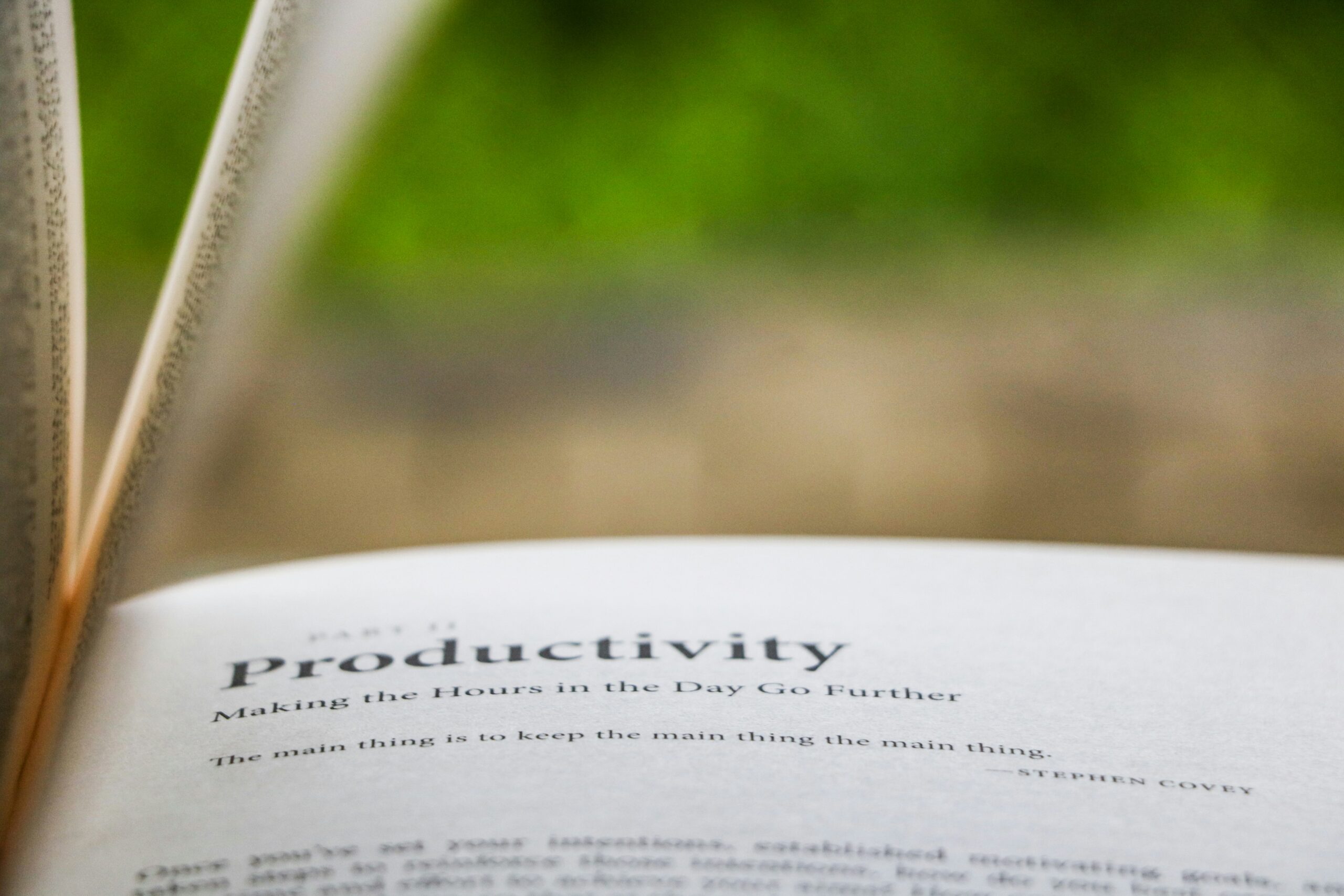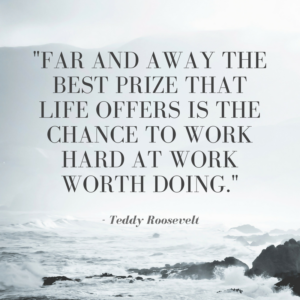

We have to do the work knowing it will not be easy.
If we want to achieve business agility, there are a lot of tough decisions to make, many difficult actions to take, and likely several missteps to overcome along the way.
Implementing Scrum or any other agile practices does not guarantee success. We are building complex products to solve complex problems in an incredibly unpredictable world. Scrum is a tool to help us deal with complexity and unpredictability in a productive and creative way. You can use Scrum or [insert any agile practice] well, or you can use Scrum or [insert any agile practice] poorly.
There is no recipe to follow to guarantee success in this type of work.
There is no decision tree to help you predict the future.
But we do have some boundaries to help limit our risk and provide focus (e.g. usable Increment of value every 30 days or less). We have our values and principles. We have our collective intelligence and experiences. We have our logic and reason. We have our passion and our desire to grow.
I am talking about business agility, but this rings true in all aspects of life. And we can use our life experiences to continue to train ourselves and to work our muscles. To be tougher when things get tough. To be mentally and physically prepared when we meet resistance. To move through both the internal resistance and the external resistance.
Carol Dweck, Stanford professor and author of Mindset: The New Psychology of Success, has spent decades researching what happens when people face points of resistance in all aspects of their lives. What she found is that it’s not about talent or skill. It’s about the ability to push through the resistance rather than run away.
Michael Jordan, who some would argue is the greatest basketball player of all time, said this about his success. “I’ve missed more than 9,000 shots in my career. I’ve lost almost 300 games. Twenty-six times, I’ve been trusted to take the game’s winning shot and missed. I’ve failed over and over and over again in my life, and that is why I succeed.”
People with a growth mindset believe that success is more about effort than talent. So when things get hard, they do the work.
It will not be easy.


